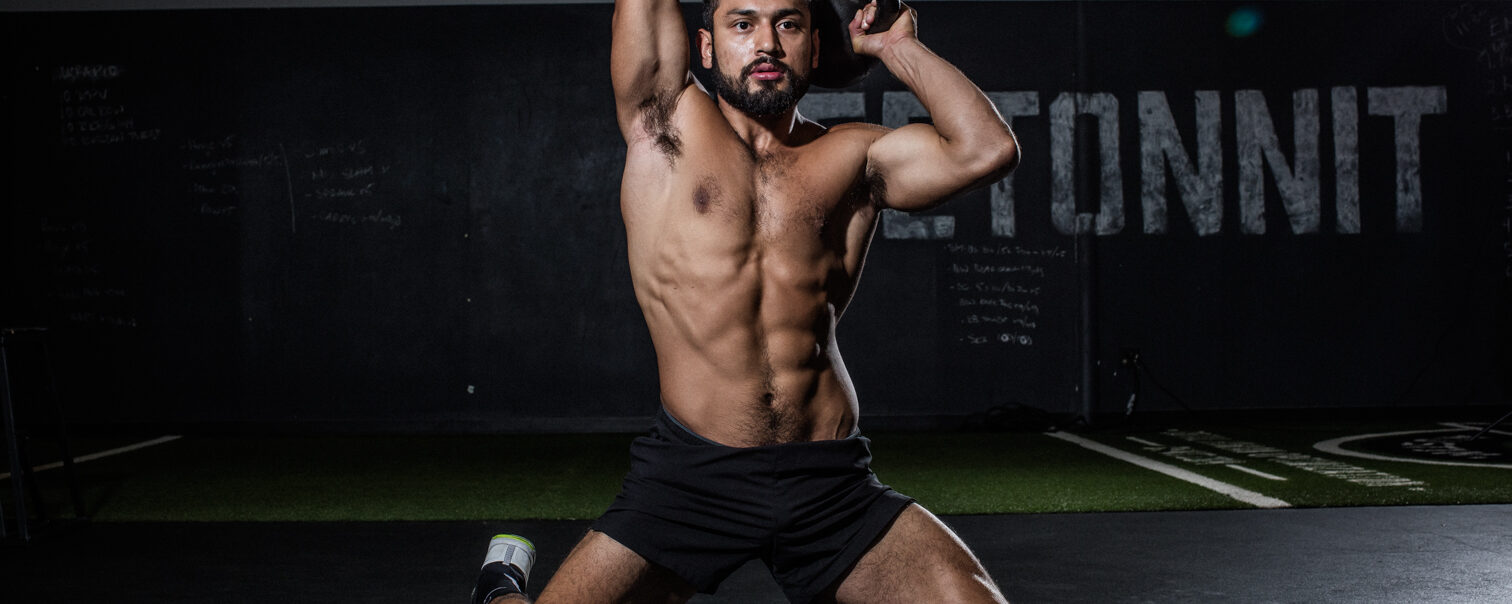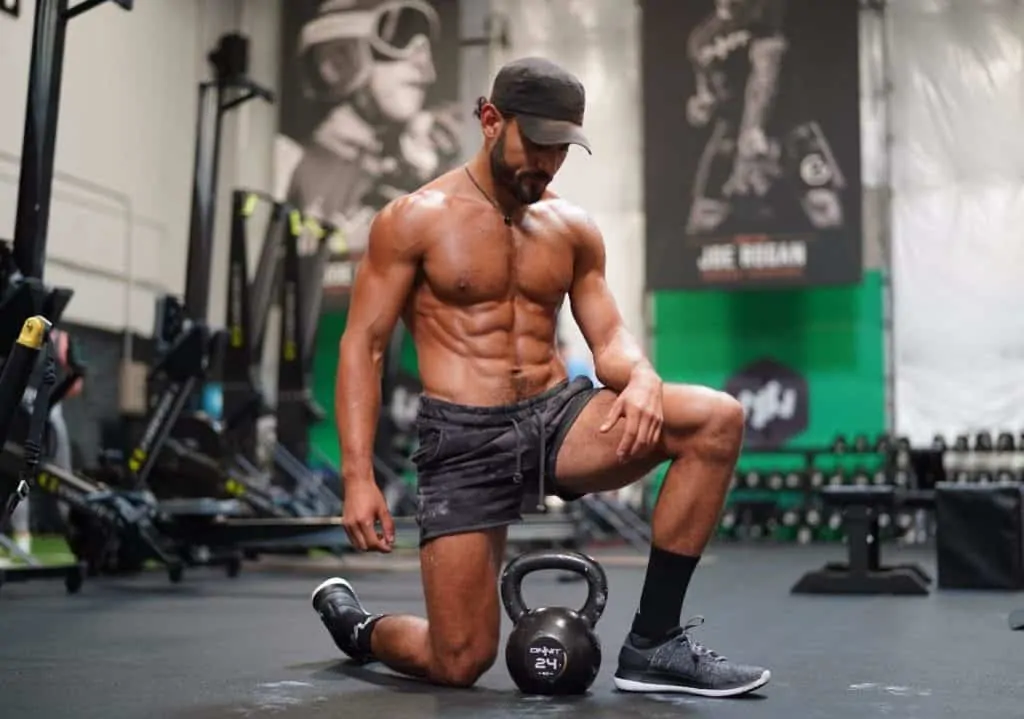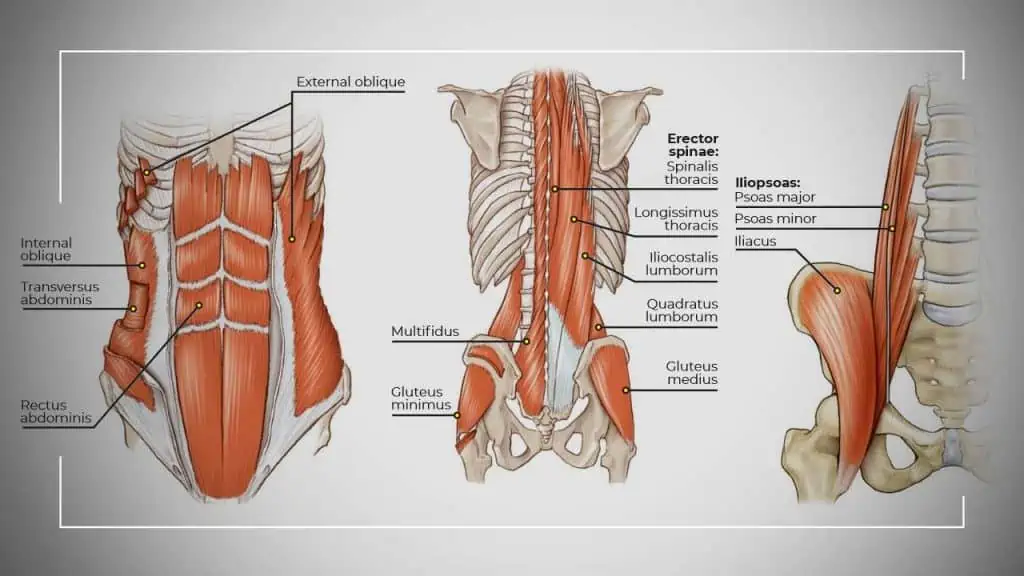
When you hear the term “core” what immediately comes to mind?
Most of us tend to think of our abs, or our stomach region in general. And while this isn’t technically wrong, our core is actually composed of so much more than just our abs. In fact, this impressive region is truly what holds us together, helps us maintain our balance, provides us with epic power, and more.
For all of its benefits, however … we tend to neglect this area as a whole, which can severely limit our performance and overall physical capabilities.
Let’s dive in to why engaging our whole core is so important, and how you can do it.
Engaging The Core: Why It’s So Important
As I mentioned, our core is much, much more than just our abs. Our abdominal muscles are the surface muscles we’re most familiar with (the ones that provide us with the coveted 6-pack), while our core includes these abdominal muscles PLUS all of the muscles of the pelvic girdle and lower back, including the glutes.
The main difference between the abs and the core is their mechanisms of action: your abs help flex our spine and close the distance between your ribs and hip flexors (think bringing your knees up to your chest), while your core is responsible for stabilizing your spine and securing your organs in place.
Having visible abs is one thing … but having a strong core is another beast. Since your core is like a corset that wraps around your entire waist, glutes, lower and upper back, and frontal plane, you can think of it as your foundation of power, balance, and stability. When something has a stable foundation, it’s able to hold more weight, is less likely to fall or be kicked off balance, is less likely to be injured, and it has a more stable push-off point, which lends extra power to its ability to jump or rapidly switch directions.
Our core is especially important when we consider any type of lift, but especially with free weights such as kettlebells, heavy dumbells, etc … When you train with a kettlebell, a strong core is a must since your body and spine are striving to maintain it’s stability against the swinging weight. This engages the deep inner core muscles that keep your body upright, and is a reason kettlebells are so great at truly engaging your core.
Many machines, while great for isolation and unilateral training, tend to remove core engagement, since the weight is stabilized by the machine and not your core; and, this is also why it’s so important to vary your training between heavy free weights and machine work. Without any deep core work, you may strengthen larger muscles, but fail to train the core stabilizer muscles that assist in stabilizing those larger muscles, which can lead to less power output, and even injuries.
How To Truly Activate Your Core

When it comes to engaging your core fully, kettlebells are bomb, but so are other asymmetrical free weights, such as dumbbells, sandbags, maces, and clubs. This is because these pieces challenge your core to stabilize while you’re moving them around. For instance, when you perform a swing with one arm, the other side of your body engages your core to keep you from losing your balance. When you switch arms, this occurs on the opposite side. Once both sides are strengthened, your core center gets stronger, improving your stability in all areas of life, including sports.
Use code: PRIMAL here to save on Onnit’s Kettlebells, Steel Maces, and Steel Clubs.
Of course, the style of movement also matters, which is why I practice primal movements alongside heavy weight work. Primal movements are typically ground-based movements that fully engage the core at every angle, since you’re having to hold yourself in the air with your arms and legs (think like a moving plank). Below I’ll share several core-engaging flows + sessions, both with kettlebells and bodyweight.
